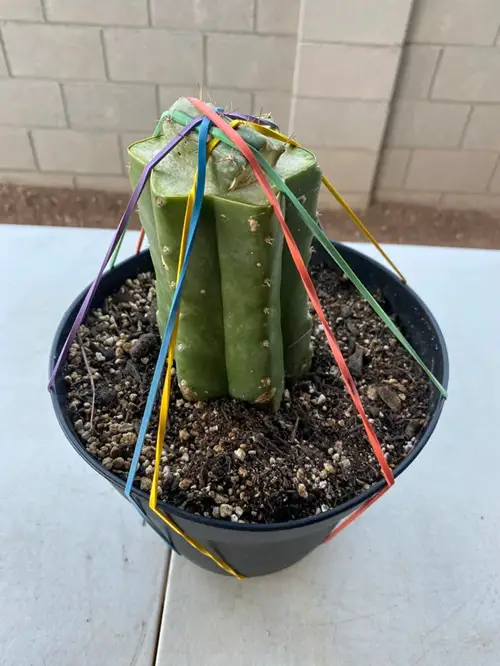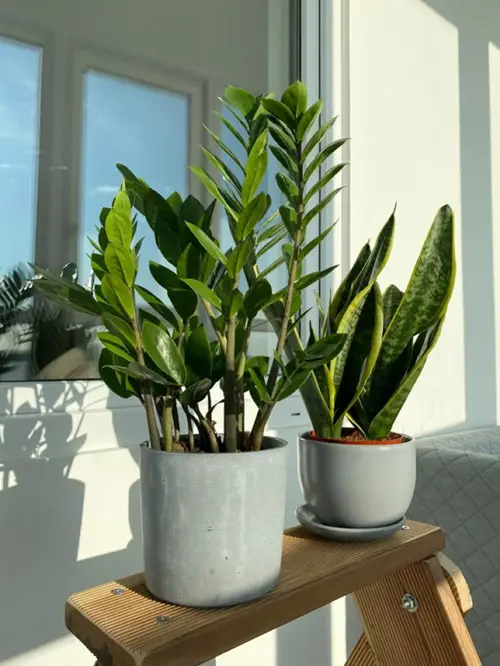Here are clever and practical rubber band tricks for supporting, training, and organizing your plants. They’re great for home gardeners!
Creative minds find the best uses for everyday items. That’s how we have compiled the top quirky yet effective rubber band tricks that gardeners can use to make things easier! Read on and be amazed!
Cool Rubber Band Tricks for Plants
1. Centering Your Plant While Potting
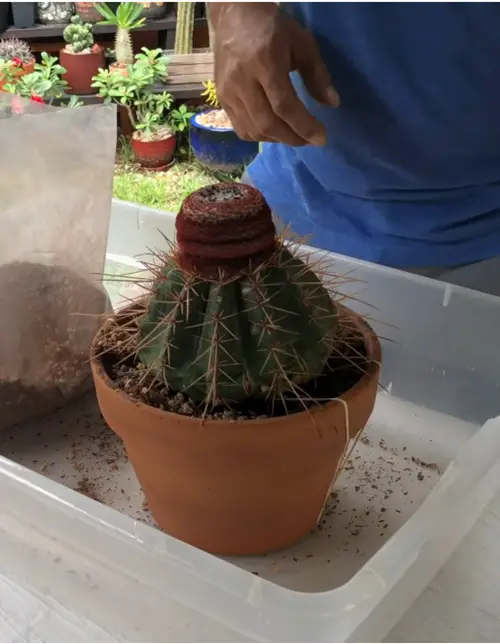
What if we told you there was a really easy way to ensure that your cacti and succulents sat right in the middle of the pot?
Right before potting your cactus or succulents, stretch out a couple of rubber bands to form a support on the pot’s diameter. Place the crown of your cactus plant on this elevated makeshift platform, and then add the soil!
The space below the suspended cactus will allow the easy transfer of soil to just the perfect extent without constricting the plant, allowing it to sink too deep or float too high, and, of course, keeping it in the center. Here’s a one-minute video on how to do it!
2. Use Them as Zip Tie Alternatives
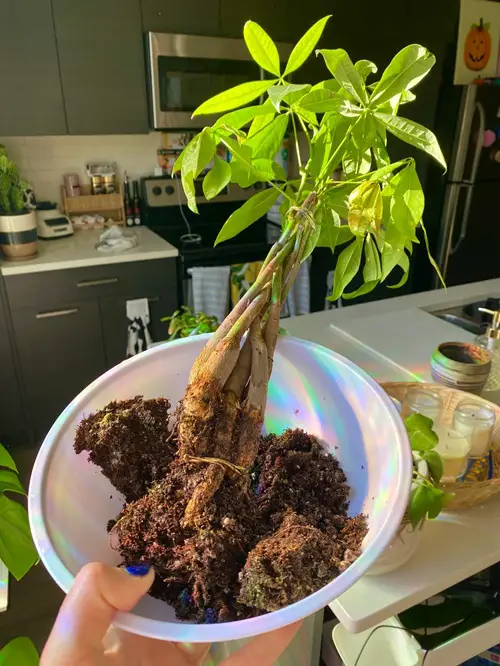
You often can’t get your hands on zip ties to train your plants to grow a certain way. Rubber bands are a cheaper alternative! This trick is most useful for climbers.
Just wrap a rubber band around the stem or branches of your plant and attach it to hooks. This will guide the plant to grow upwards in an orderly fashion according to your needs. Simple, right?
Note: Do not tie the rubber too tightly or use a very small one; it will damage the stem or constrict the natural flow of nutrients in small plants.
3. Rubber Bands to Stop Pots From Slipping
A familiar problem gardeners with pets or toddlers face is pots being moved or knocked over. Curious and energetic pets and children often bump into the container, toppling and breaking it. This also sometimes leads to the plant getting damaged, and you having to start all over again.
But not if you use a few rubber bands. Remember those thick and flat bands you see for cheap in convenience stores? Just one or two of these stretched below the pot give it stability on all kinds of surfaces. So no more toppling over!
4. Helps Label Plants and Crops
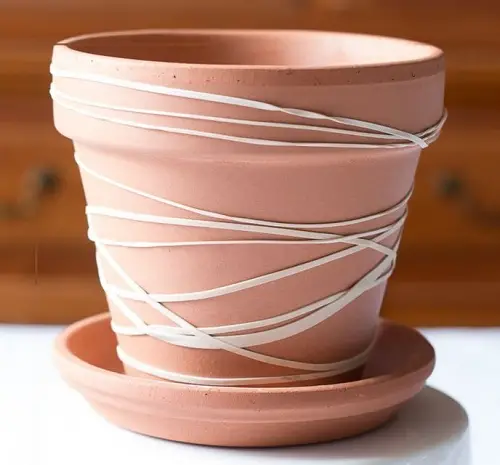
Do you always get paper labels wet and don’t want plastic or wood ones? By wrapping an entire pot with color-coordinated rubber bands, you can create a small indicator as to which plant seeds have been sown into it and provide it with the specific growth requirements, respectively.
You can just note and correlate which color rubber band denotes which specific plant in a notebook or your phone; it’s way better than creating tons of different labels.
5. Rubber Band Cloche for Greenhouse Effect
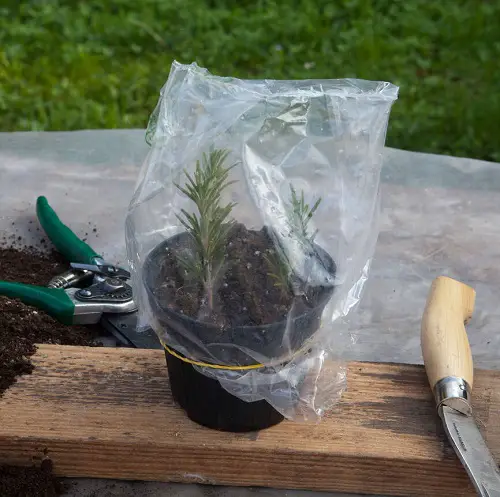
Many seedlings need a high amount of moisture and temperature to grow. Of course, you can cover them with a cloche or a plastic bag, but how do you fasten them? With rubber bands, of course!
Simply stretch a clear, thin sheet of plastic over the surface of your pot and secure it with a rubber band. Once the seeds grow a bit or the seedling reaches the plastic, just cut out holes so it emerges, but its roots stay covered and moist.
6. Creating a Bouquet in No Time
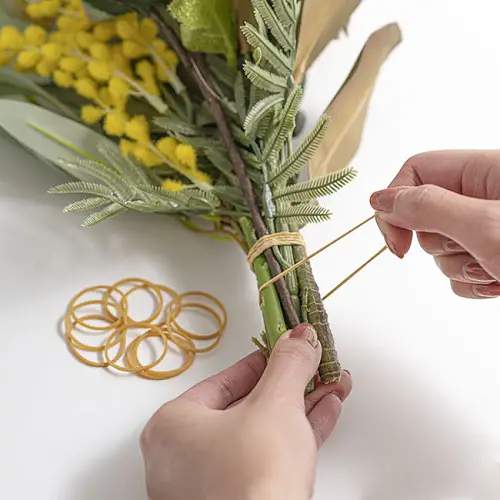
If you are late for a special occasion and have no gift, pluck out a few long-stemmed flowers and tie them together with a rubber band. Adjust the flowers to make the bunch look more appealing, and voila, you have a home-made bouquet in seconds. And have you ever tried making these with crochet? Here’s how!
7. Holding Grafted Plants Together
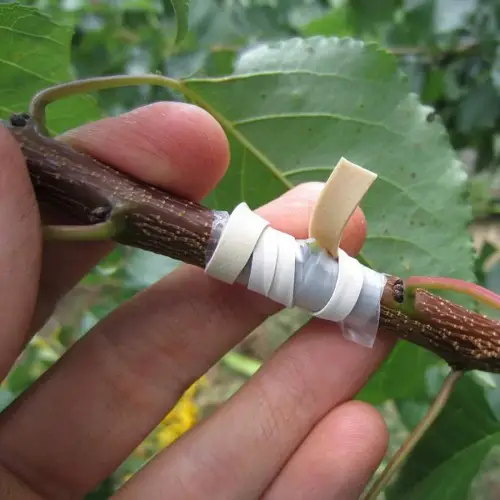
A secure hold is crucial for the scion and rootstock to fuse properly when grafting plants. You can use rubber bands for this as they are gentle but firm enough to keep the two parts pressed together while they heal.
Simply wrap a rubber band around the grafted area, ensuring even pressure. The grafting rubbers that nurseries use are basically the same thing! Remember to remove the rubber band once the graft has successfully taken, usually indicated by new growth.
8. Rubber Bands and Mason Jar Propagation Station
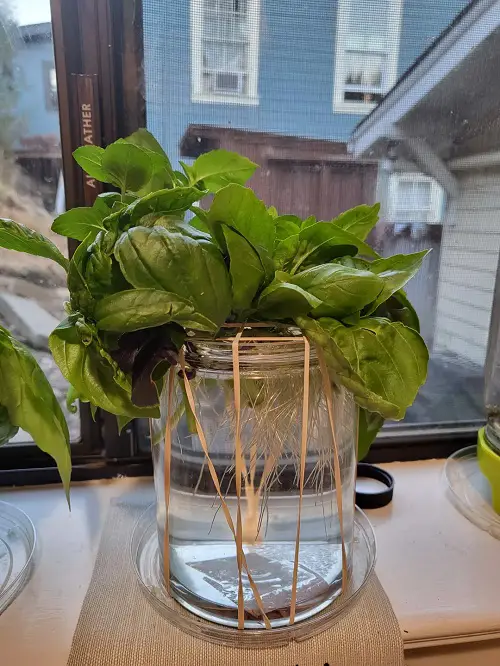
Who knew you could create a simple and effective plant propagation station using an old jar and a few rubber bands? This method helps support plant cuttings in water, allowing them to root without falling into the jar.
Stretch several rubber bands across the opening of a jar, creating a grid or a criss-cross pattern, which will support your plant cuttings, keeping them suspended in the water so only the nodes are submerged and the leaves remain above the water line.
Fill the jar almost to the brim with water, and the rubber bands will hold your cuttings securely in place for rooting. For more details, you can see this post.
It’s time to try these rubber band tricks and make your gardening easier! Share how it goes in the comments below!


